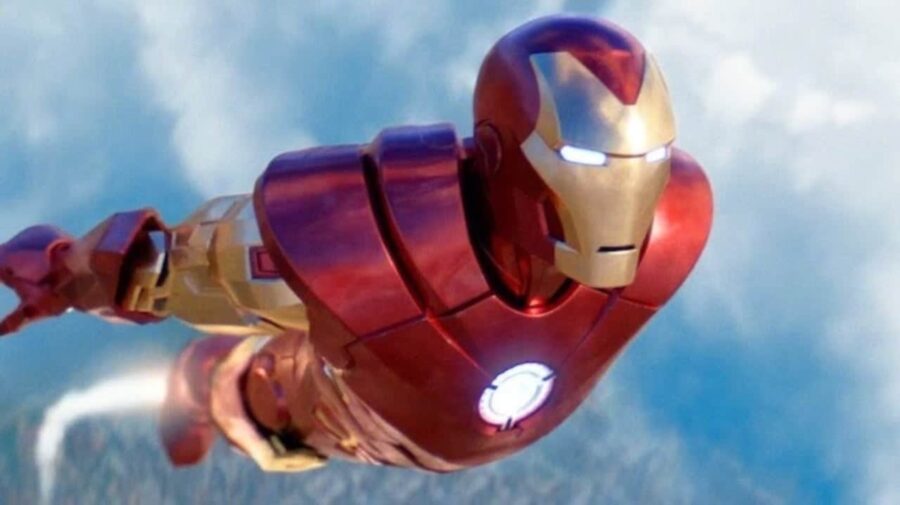See The Robot That Can Fly Like Iron Man
Check out the new Iron Man robot being developed that sure has many of the hallmarks of our favorite Marvel Cinematic Universe character
This article is more than 2 years old

Billionaire, philanthropist, playboy Tony Stark (*whispers* Robert Downey Jr.) may have retired his Iron Man moniker a few years ago. But that hasn’t stopped real-life scientists from trying to recreate the Marvel hero’s super suit powers. Italian researchers have come close to building an Iron Man-inspired robot that will eventually fly just like the superhero.
As scientists have expanded their robotics programs beyond the confines of research labs into the real world, getting their robots from point A to point B has become a major challenge. As intelligent as they may be, navigating stairs (for example) has proven difficult. As such, inventors have been working on various solutions – like installing rotors so that the robot can helicopter over obstacles or execute backflips. But one adventurous scientist has decided to break the mold by creating an Iron Man robot.
Daniele Pucci, head of the Artificial and Mechanical Intelligence lab at the Italian Institute of Technology, has taken the bold step of strapping a fully functional jetpack (similar to the one Richard Browning developed) onto the back of an iRonCub synthetic humanoid. The idea is that the android would take to skies like Iron Man. Check it out:
The Iron Man robot will have two jet engines clipped onto its back, and two jet engines on its forearms. iRonCub will also be designed with what looks like a cool pair of metallic pants. But it’s actually made of heat-resistant material which will protect the android from the jet engines’ fire. However, there is a new updated version of iRonCub which has flame-protective coverings on its legs and feet.
The world should have learned about the dangers of creating humanoid robots after Iron Man and Bruce Banner’s failed attempt in Avengers: Age of Ultron. But Pucci’s team believes that his creations could eventually serve as first responders in natural disasters that claim the lives of approximately 90,000 people worldwide annually. Over the years we’ve seen a slew of disaster response robots emerge from labs with varying degrees of success.
According to Engadget, humanoid robots have an advantage over esoteric builds and traditional UAVs when it comes to disaster response because they can easily manipulate the world, which is designed for human use. Unfortunately, much of that human-centric infrastructure could become damaged or rendered impassable in a natural disaster environment. This will void most of the humanoid robot’s advantages. However, by combining a humanoid design with the capability of Iron Man’s flight, Pucci’s team can leverage the best parts of both technologies.
Interestingly, Pucci also believes that his aerial Iron Man robots can be a test-bed for flying exoskeletons for human beings. While the process behind making aerial humanoid robots fly properly raises various theoretical and practical questions, it will aid in the research of developing these robots. Meanwhile, iRonCub is almost ready to take flight. The team’s next challenge is to make it fly with a flight controller. When the final touches are complete, we could see a mini version of the Marvel superhero up in the sky.












